Jogging pants and heels, suits with baskets, pajamas worn in broad daylight… Looks no longer mean what they used to say. What if dress codes were no longer a rule, but a game?
Dress codes have long defined our place in society: a suit at the office, a long dress for special occasions, jeans on the weekend. But in the age of hyper-individualism, where self-expression reigns supreme, these conventions seem to be shattering. Today, we’re blurring the lines, blending genres, and asserting our stylistic freedom.
An era reinventing outward signs
For centuries, clothing has been a marker of class, profession, and even morality. Knowing how to dress “properly” was a valued social skill, and dress codes reflected a form of status standardization.
But the rise of pop culture, streetwear, and social media has changed everything. Today, a CEO can arrive at a meeting in a hoodie, a lawyer in sneakers, and an influencer in a neon pink suit. What mattered yesterday (conformity, sobriety, neutrality) is giving way to the expression of personality, or even a desire to break with norms.
Hyperindividualism at the heart of the wardrobe
Refusing labels also means freeing ourselves from injunctions. We wear what we like, what represents us, what amuses us. Clothing becomes a tool for personal storytelling, sometimes even a manifesto. We display our mood, our culture, our commitments, or our refusal to display them.
This is illustrated by current trends: genderlessness, the mix of inspirations, the rise of second-hand clothing, and even “dopamine dressing.” Looks no longer seek to conform to a norm but to reflect a shifting and assertive identity.
View this post on Instagram
More subtle codes
Be careful, however, not to think that dress codes have disappeared: they have simply mutated. They have become more implicit, more contextual. Some circles retain precise expectations, even if they are no longer always stated. An apparent freedom can hide a demand for consistency or “good taste” depending on the sphere (artistic, corporate, activist, etc.).
Hyper-individualism, therefore, does not mean stylistic anarchy. Rather, it is a more complex interpretation: we send signals through our looks. However, they are no longer universal. They speak to specific circles, shared references, and communities of affinity.
Towards a new relationship with clothing
This upheaval in dress codes goes hand in hand with a broader reflection on the role of clothing in our lives. Is it a tool of power? A means of seduction? A way to protect ourselves? To campaign? The answer is multifaceted and often personal.
By rejecting standardization, our era is paving the way for a freer, but also more demanding, fashion. It’s no longer about fitting into a mold, but rather about understanding how each clothing choice communicates something about ourselves. Clothes may no longer make the man, but they continue to tell a story.



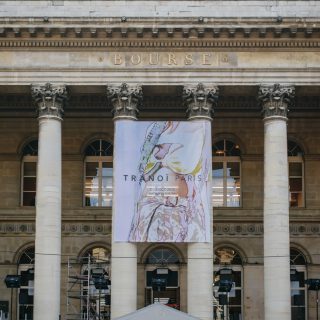



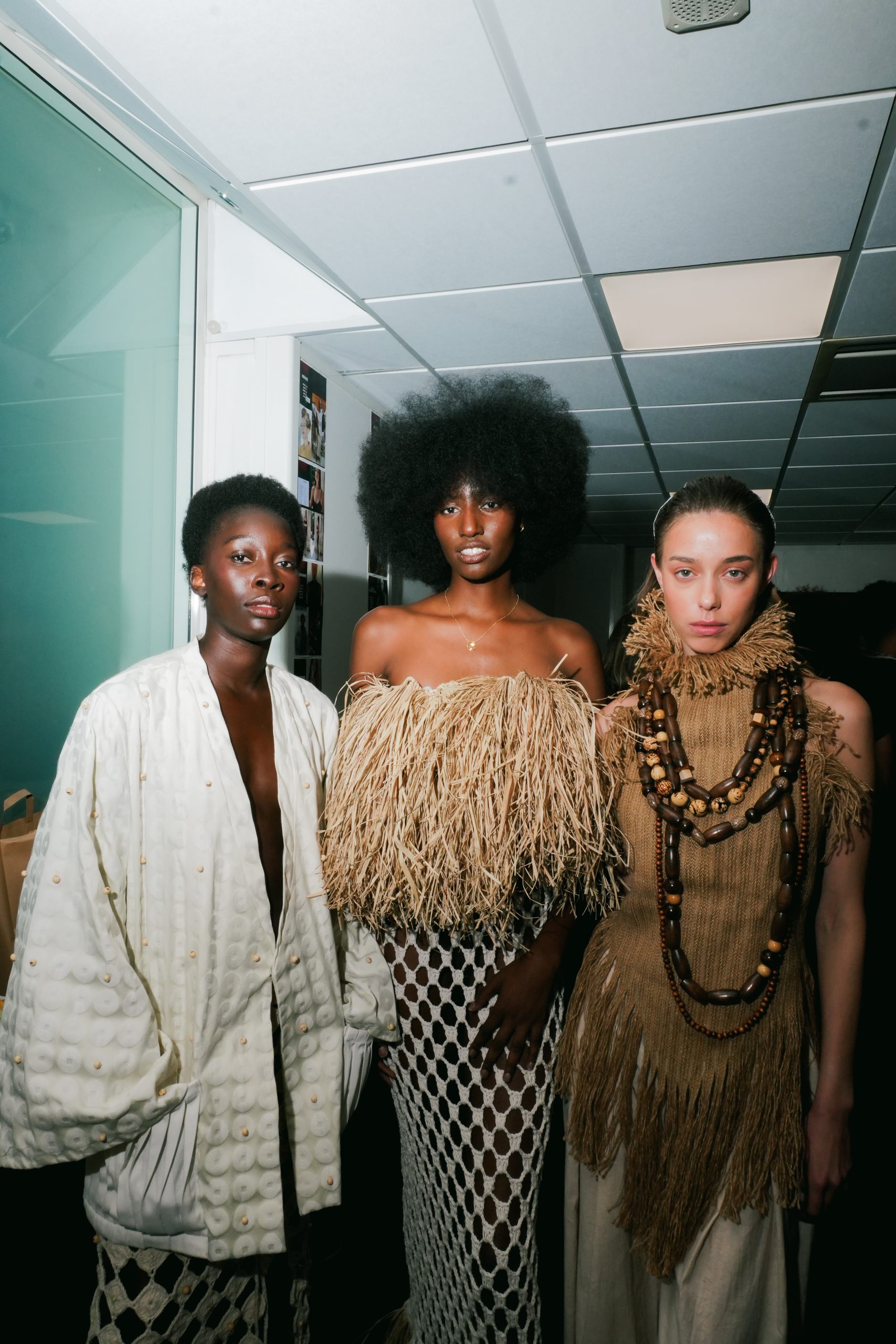





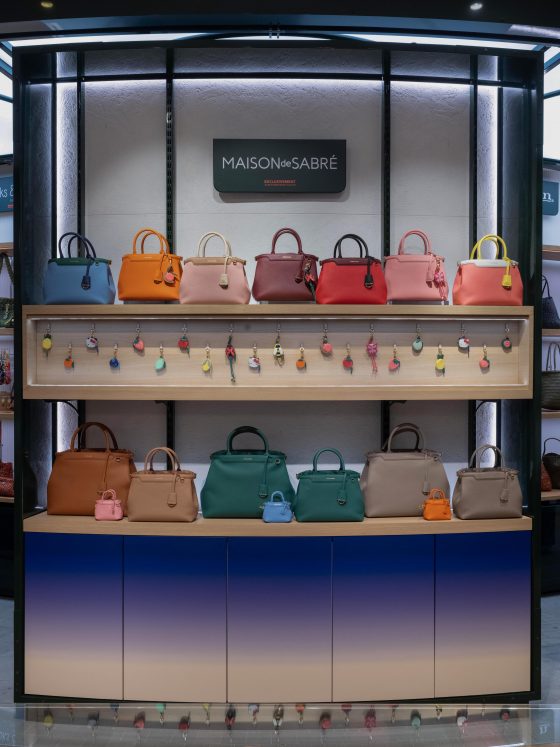

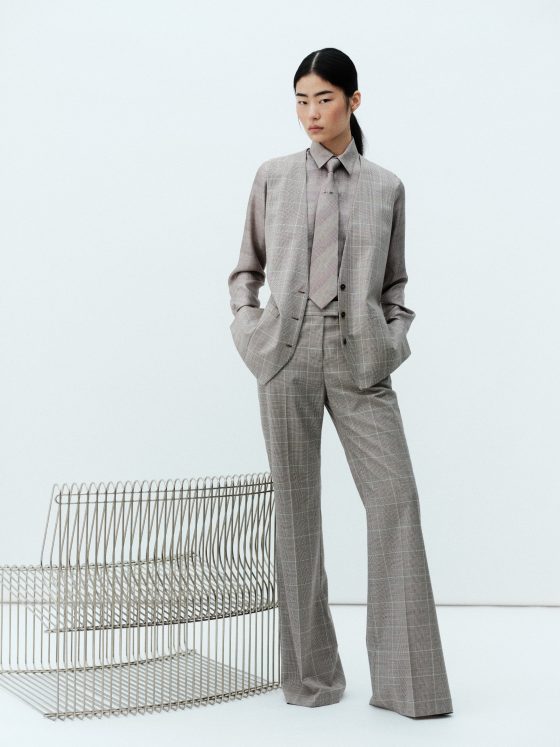

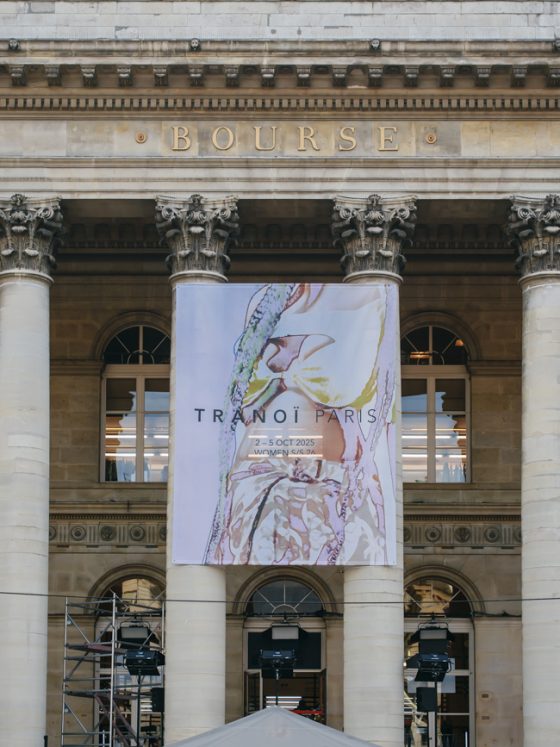


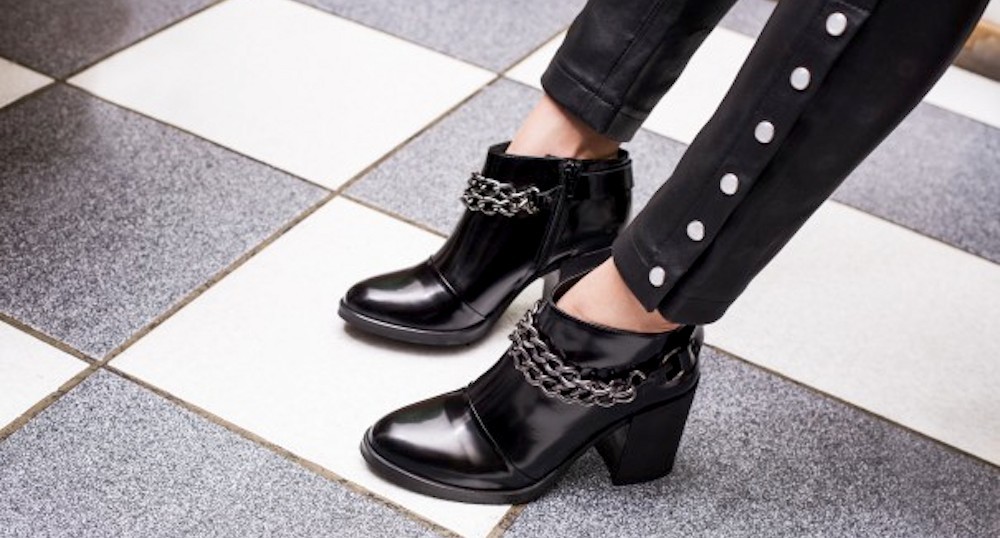






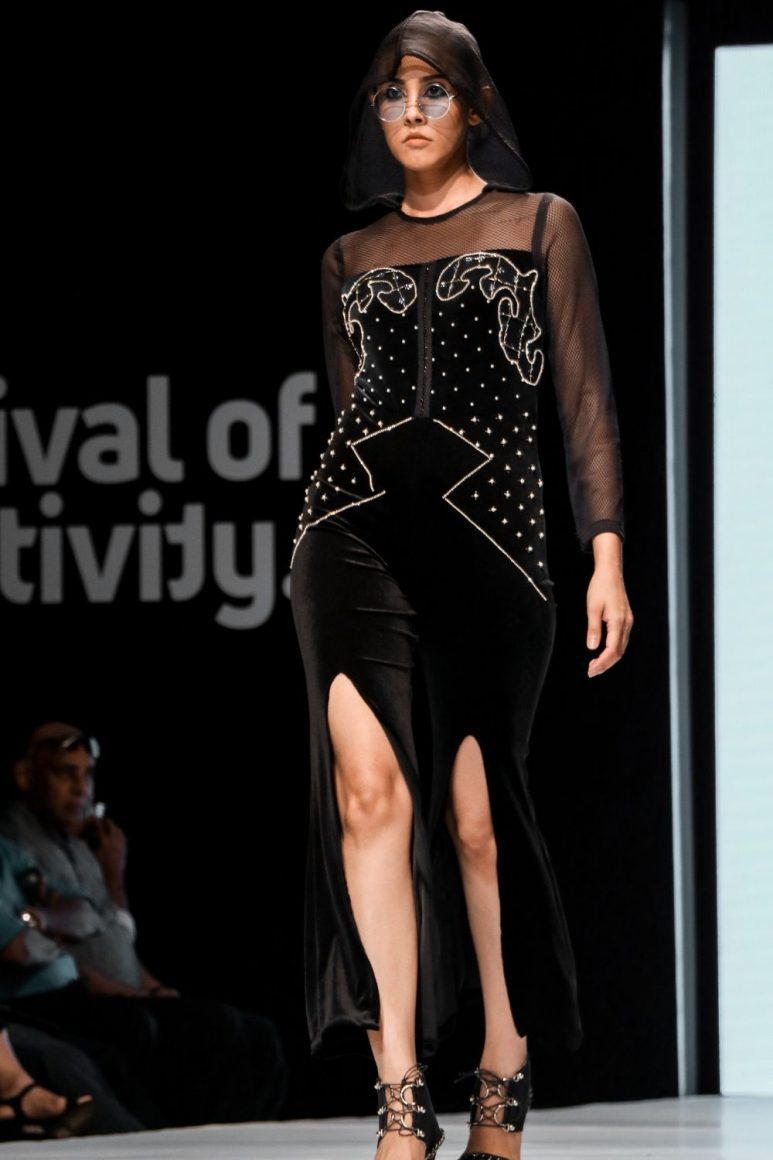
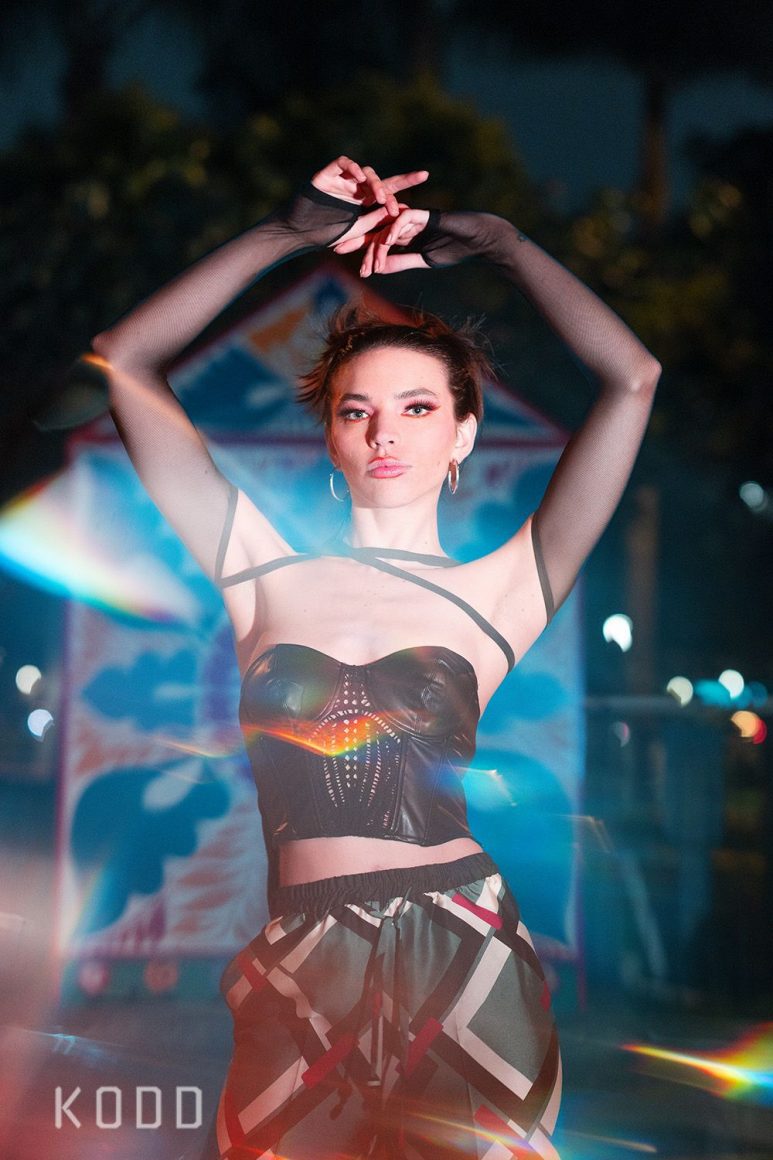
Follow us on Instagram